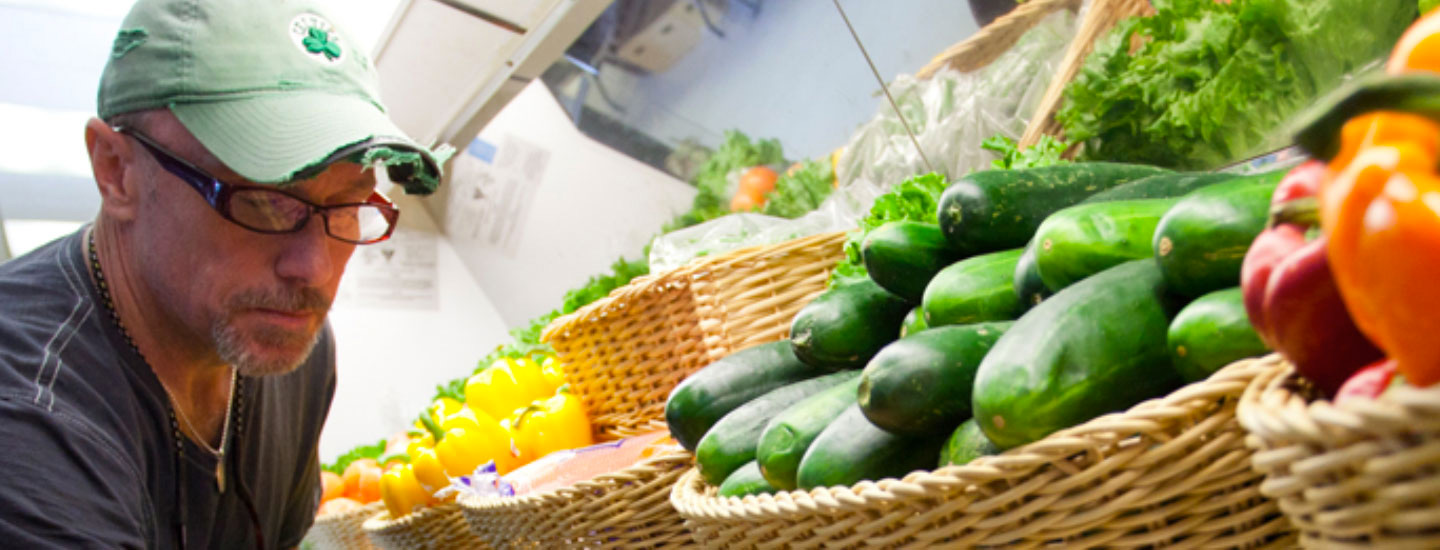
Feeding Florida works in partnership with 9 Feeding America affiliated Food Banks (regional distribution centers) to create a hunger free Florida. Our members focus on serving and developing resources in their local community, while Feeding Florida works statewide to leverage resources, both funds and food, to our regional food banks.
Our fresh produce program, “Farmers Feeding Florida,” partners with the state's agriculture industry to rescue millions of pounds of fresh produce, dairy, beef, and other protiens each year.
Feeding Florida unites the voices of the largest hunger relief network in Florida for advocacy in Tallahassee and Washington D.C
Food Banks are non-profit organizations that collect, purchase and rescue donated food in order to feed individuals through their community partners. The Food Bank is a warehouse where the food is gathered, sorted, inspected for safety and then made available to the community partners or Food Pantries. Food Pantries are the partner agencies and churches that distribute food directly to their communities.
Food comes from many sources including donations, purchase and USDA commodities:
Grocery items are donated from food drives, major retailer stores and distribution centers, manufacturers, farms and packing houses.
To supplement donations and to provide specific food for a program or to help partner agencies save money on food they may not receive through donations, Food Banks leverage our national network and relationships to purchase food at the lowest possible price, often saving our partners up to 60% on food they would normally purchase at a wholesale warehouse-shopping club.
Commodities are foods that are purchased by the US Department of Agriculture and provided to food banks for distribution to qualified community and non-profit organizations. These products range from canned and boxed, shelf stable foods to fresh produce and frozen meats.
